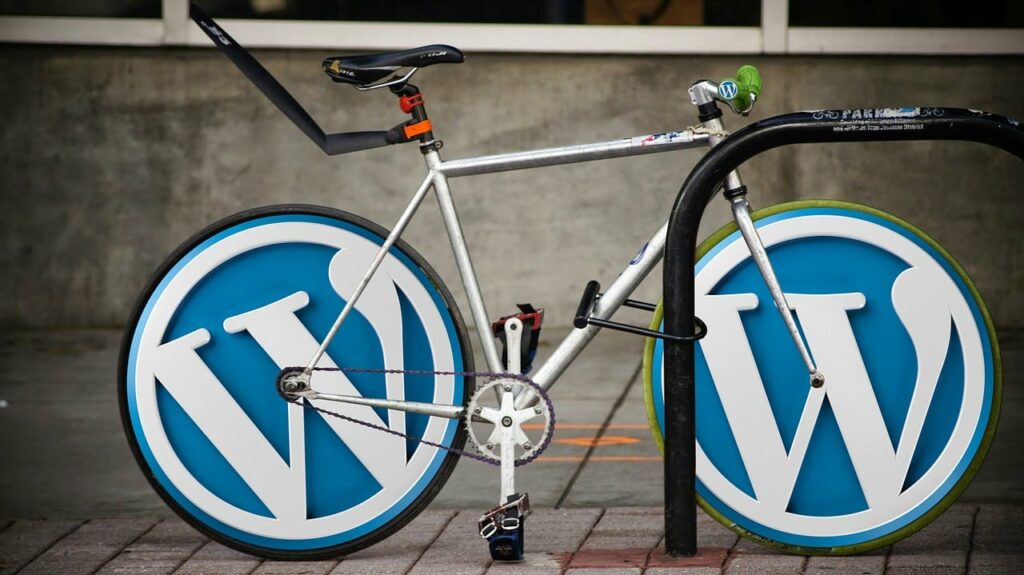Speed Up Your WordPress Site: Performance Optimization Tips

Speed Up Your WordPress Site: When it comes to running an efficient website, speed is a priority. Unfortunately, many WordPress sites don’t perform optimally, leading to slow loading times and a bad overall user experience. Slow loading times can result in lost visitors, decreased engagement, and losses in potential customers and revenue.
To help keep your WordPress site running optimally and maximize your user experience, here are a few performance optimization tips:
1. Select a Solid Hosting Company:
When setting up a WordPress site, one of the most important performance optimization choices you will make is the hosting company. Select a reliable hosting company that meets your needs and can handle large amounts of traffic. Generally, hosting companies offering better performance and reliability will cost more than those providing basic services.
2. Use a Caching Plugin:
The use of caching can greatly improve your WordPress site’s speed and performance. A caching plugin will store data from frequently accessed pages, reducing the amount of time required to load each page. Caching also helps limit the number of server requests by storing already accessed data. Popular caching plugins for WordPress include WP Super Cache and W3 Total Cache.
3. Optimize Images:
Large, unoptimized images can significantly slow down a WordPress site, as can other files such as videos and PDFs. By reducing the size of images on your site, you can significantly speed up the loading times of your webpages. Compressing your images can reduce their file sizes without sacrificing quality, while lazy loading images can help with loading times as well.
4. Minify Your Code:
Minifying your site’s code can significantly improve performance as well. Minification removes extraneous whitespace, comments, and other unnecessary elements from the code, reducing file sizes and improving loading times. Popular plugins like Autoptimize are designed to help WordPress users minify their site’s code and other elements.
5. Keep Everything Up-To-Date:
Finally, make sure to keep all aspects of your WordPress site up-to-date. This includes plugins, themes, and core versions of WordPress, along with security measures like an SSL certificate. Security risks can result in site outages or slowdowns, and out-of-date plugins or themes can lead to compatibility issues and performance losses.

By leveraging the tips above, you can improve the speed and performance of your WordPress site and maximize your user experience. These tools and steps should help you keep your WordPress site speed optimization to an optimal level. Though it might take some additional setup and effort, the performance boost and increased user satisfaction will be well worth the investment.